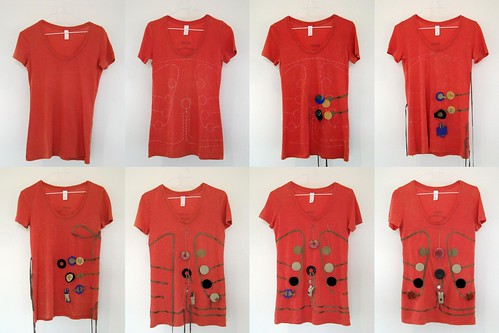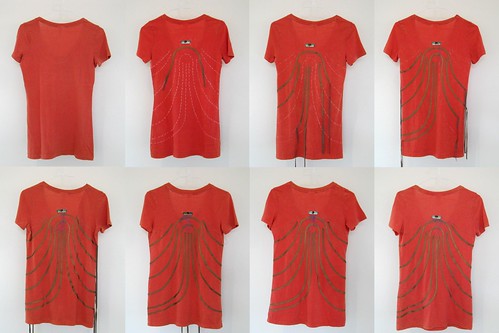Capturing Process
The aim of this method is to document your own creative process in order to gain insight into how you work creatively, as well as to generate (public) content to counter narratives of creative process being a clean trajectory from idea to finished work.
Documentation takes time and energy. Key to this method's success is that you find a style of documentation that suits you, meaning that it motivates you so that you do it regularly, ideally making it part of your creative routine.
Even “just” capturing a seemingly small part of your process, can have a big impact if you manage to do so continuously. Start off by aiming for something like: 1 blogpost or social media post (1 image + 1 paragraph of text) / week 1 photo of your notebook or workspace / week or day 1 video / week 5 minutes of writing or drawing / every morning or evening
Be creative when looking for your style of documentation, consider any technique that allows you to capture aspects of your process - such as: drawing, writing, writing letters/postcards, formulating blog posts, posting photos, videos, gifs, memes…
Also consider what platforms you might use to capture and share your documentation - such as: journal, website/blog (wordpress, tumbler, squarespace, hotluge…), post-it-notes, audio/video-logs, version control repository (github, gitlab…), visual media (flickr, pixelfed, instagram, pintrest…), video (vimeo, peertube, youtube, tiktok, twitch….), social media (mastodon…).... http://hyperdramatik.net/mediawiki/index.php?title=Websites
Consider making your documentation (your creative process) public. For many this idea is daunting and so scary it can be counter productive. But consider some of the following possible advantages: Sharing what you are doing in real-time means other people can follow your work and be able to comment and exchange ideas with you. Being part of a community of people sharing and drawing from each other's work is an incredibly lovely feeling. Knowing that other people are “watching” might motivate you in new ways, provide you with new perspectives on your process, cause you to be more diligent about capturing details you otherwise ignore, and might also force you to parse your documentation before you publish it, this being a moment for yourself to observe and reflect on what you are doing, and how you are doing it. Realize that you are contributing to countering a narrative that creative work is much cleaner and clearer than we know it to be. Take pride in revealing the struggles, failures and frustrations that are a real part of creative work.
A process journal can take many forms, most important is to start collecting things as soon as possible and to simply do so continuously. The act of capturing your process should not necessarily be much extra work, though in the beginning it can take effort to make it routine.
DECISIONS
Some decisions you will need to make before getting started:
A NAME
The name of your process journal need not be the same as your project title or your working title. But it can be.
If your project is called ‘’'From Dirt to Control’’’ then you could call your process:
Making-of: From Dirt to Control
From Dirt to Control (behind the scenes)
Process-journal: From Dirt to Control
You could also choose something generic like:
Process #001
Process 2020/04/15
Or:
Exploring Dirt and Control
A Research into Dirt and Control
Your options are limitless...
It can be very motivating to pick a title that you like, so do take some time to think about something. But also don’t take too long. You can always change it later...
FORMAT(S)
What kind of *stuff* will you be doing, making, thinking? Will you be sketching, writing, making physical models, 3D models, collecting links, bibliographies, taking pictures, videos, audio recordings…… You can choose one or many formats, and you can change/adjust to what works best for the process as the project develops.
PLATFORM(S)
If you choose to make your process public, then you should find a platform, or platforms for publishing your format to. These days, The Internet is the place all things end up…. and there are many platforms to use, ranging from making your own blog or website or using a photo or video service.
Here are a list of tools that you could consider: >> http://hyperdramatik.net/mediawiki/index.php?title=Websites
PRIVATE <————> PUBLIC
How private or public do you want it to be? At least for the start, since you can change this later.
Advantages of keeping it private
- if you are not used to sharing so much of yourself and your process, then this might make it easier for you *to be yourself not judge what you share and what not.
Advantages of making it public
- other people will see your process as it is unfolding and have a change to comment and exchange ideas with you.
- knowing that other people will see what you are doing might motivate you to post regular content and become more and more diligent about capturing more and more detail.
- knowing that other people are looking, might also force you to parse things before you share them, this being a moment for you to see and reflect on what you are doing.
FINDING ROUTINE?
Finding/making a routine of capturing your process is not easy and should not be underestimated. In the beginning you have to manage/balance try different FORMATS and PLATFORMS while also forcing yourself to stick to something for at least a while to see the results.
For some it works to simply capture and document live (in real-time) along the way.
Others like to set aside some time each day to write-up, photograph or record a video.
And others prefer to do it once a week.
HOW CREATIVE CAN I BE?
Definitely BE CREATIVE and experimental about capturing your process!
It depends on how important the process documentation is, and what you want to get out of it. Is it simply to show others your journey from start to end? Is it a reflective tool for yourself to observe your process and learn how you work. Is it a creative act in itself to be investigating your creative process in order to turn it into a process of its own? Think about these things in order to weigh and decide how much you think you should be spending on this part of your process.
EXAMPLES
WRITING
Diary
Morning Pages
"Morning Pages are three pages of longhand, stream of consciousness writing, done first thing in the morning. There is no wrong way to do Morning Pages they are not high art. They are not even “writing.” They are about anything and everything that crosses your mind– and they are for your eyes only." (https://juliacameronlive.com/basic-tools/morning-pages/)
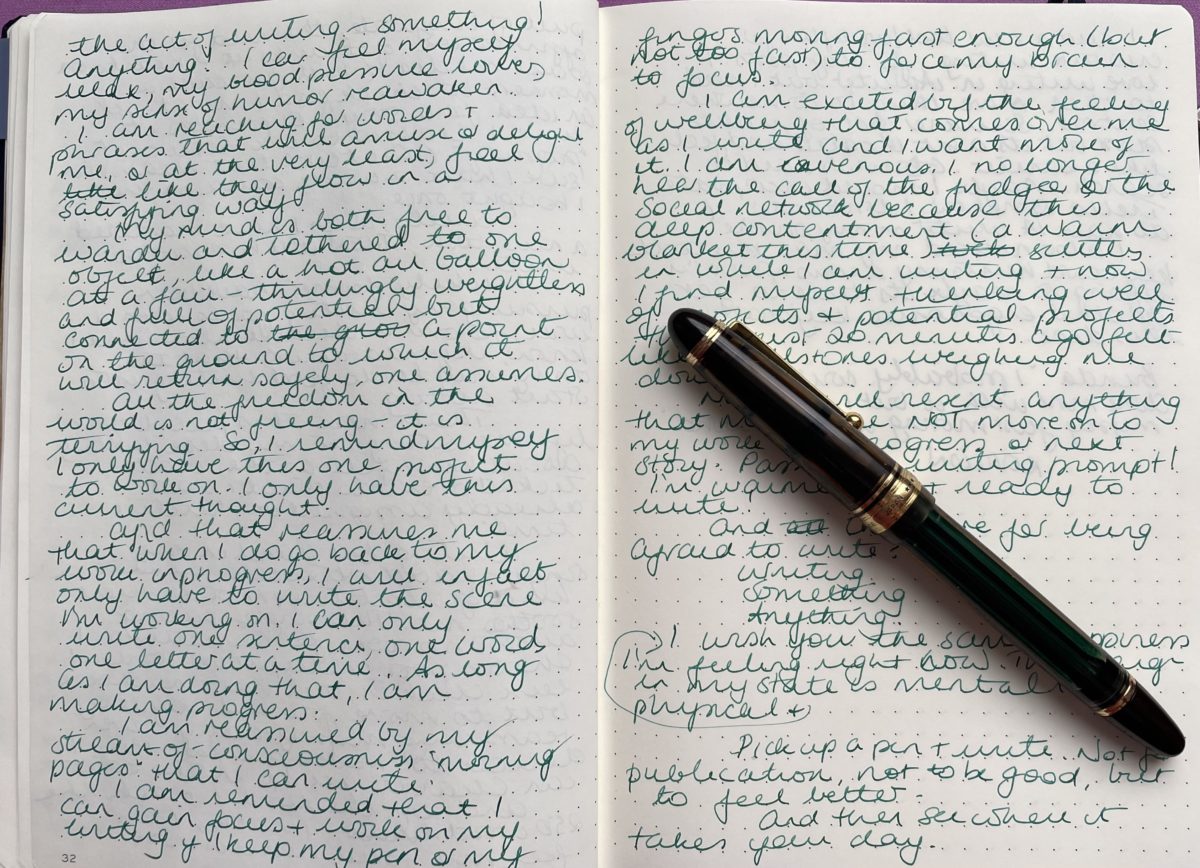
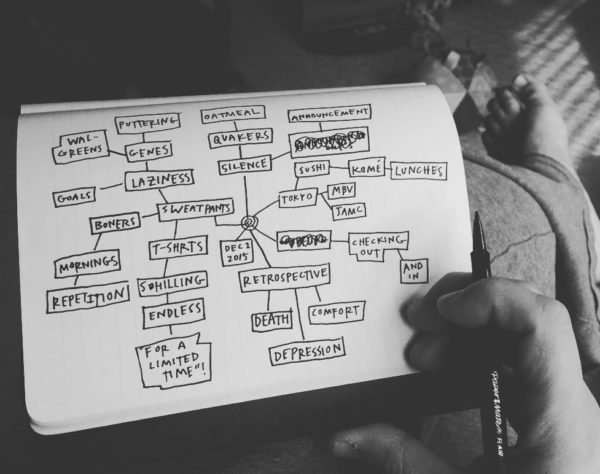

Writing Letters
Eva Hesse & Sol Lewitt
https://www.themarginalian.org/2016/09/09/do-sol-lewitt-eva-hesse-letter/
 ?
?
Writing Post Cards
Dear Data
Dear Data is a year-long, analog data drawing project by Giorgia Lupi and Stefanie Posavec, two award-winning information designers living on different sides of the Atlantic. By collecting and hand drawing their personal data and sending it to each other in the form of postcards, they became friends. (http://www.dear-data.com/all)
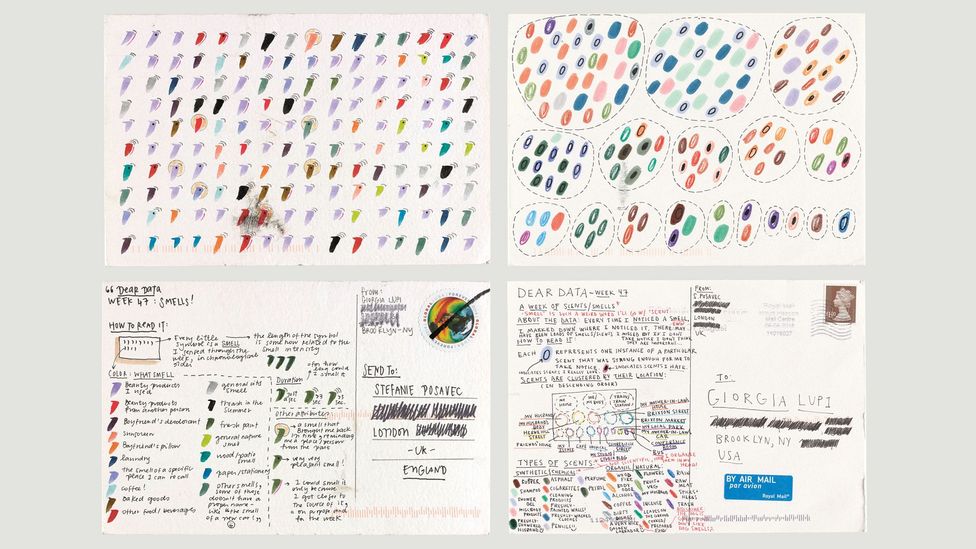
Interviewing
Lists
Susan Sontag’s diaries published as: "As Consciousness Is Harnessed to Flesh: Journals and Notebooks, 1964-1980" In a entry on August 9, 1967, 34-year-old Sontag writes about the allure of lists: "I perceive value, I confer value, I create value, I even create — or guarantee — existence. Hence, my compulsion to make “lists.” The things (Beethoven’s music, movies, business firms) won’t exist unless I signify my interest in them by at least noting down their names." (https://www.themarginalian.org/2013/04/26/susan-sontag-lists-likes-dislikes/)
https://fsgworkinprogress.com/2010/07/14/in-the-archives-susan-sontag/
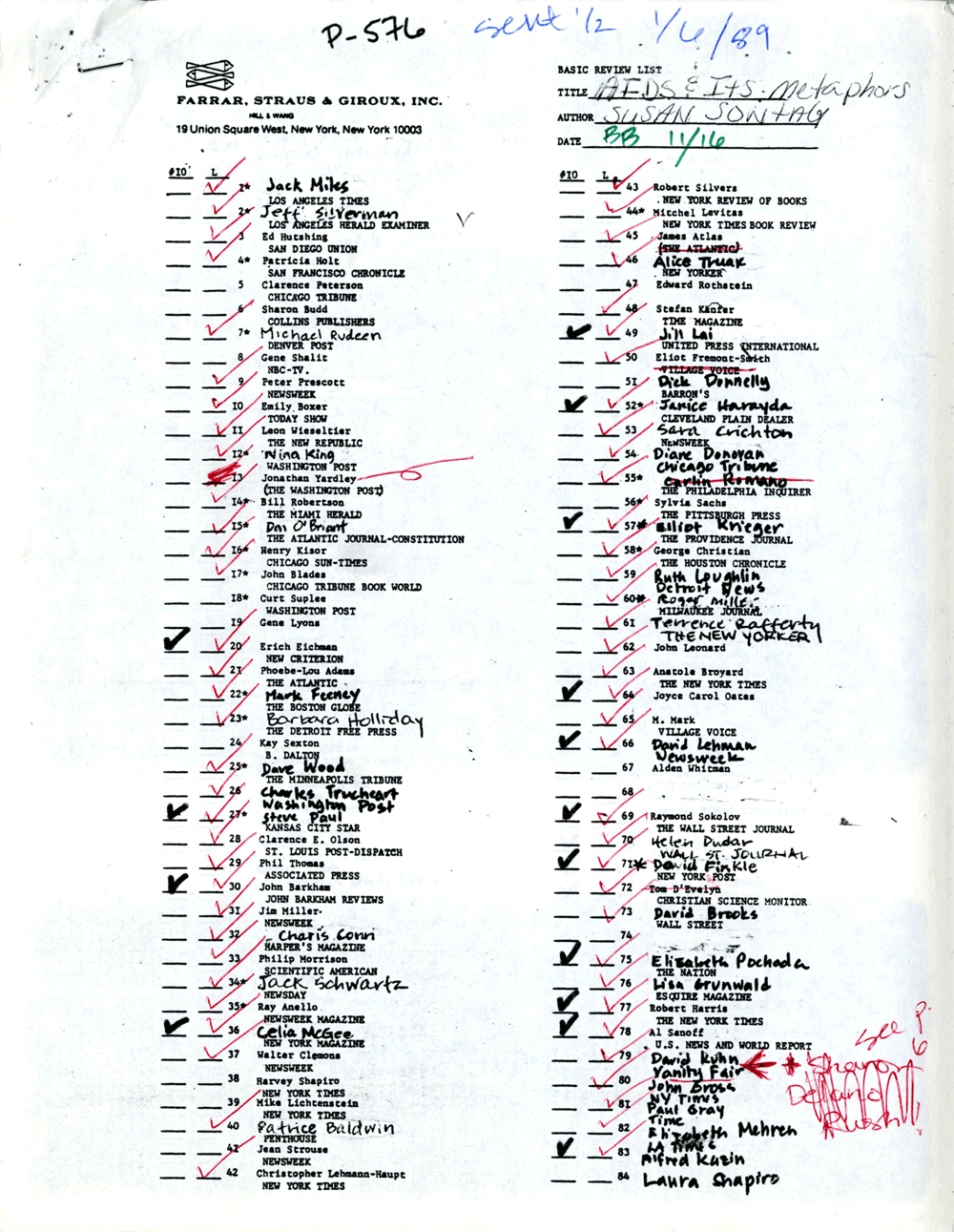
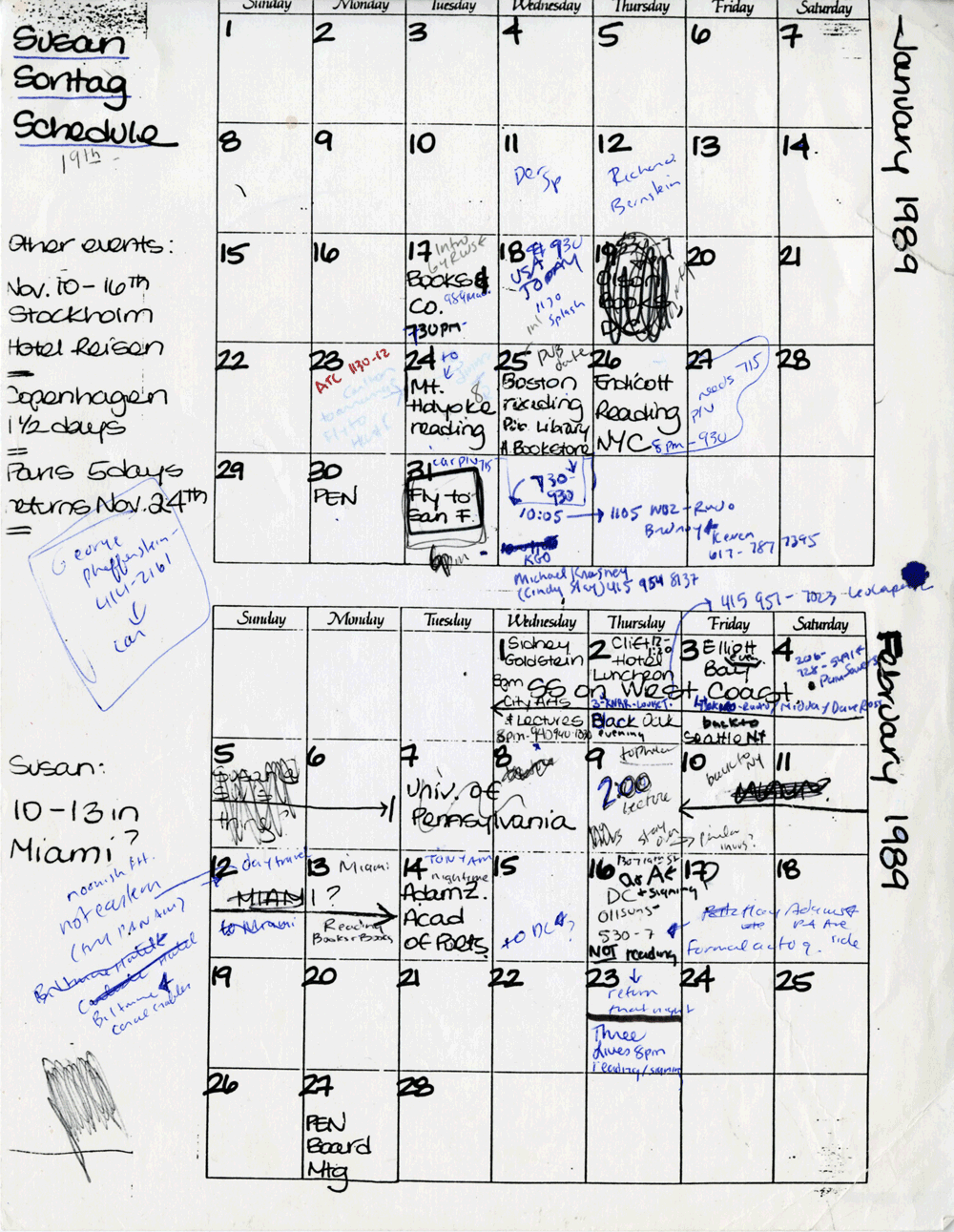
To-Do Lists

To-Do List Apps

Mind Mapping
Mind mapping is a way to get all of the ideas in your head down onto paper - a visual representation of your ideas.

Brainstorming
Brainstorming is simply thinking aloud and suggesting as many ideas as possible, no matter how mad they seem, without analysing or criticising them.

Post-it Notes
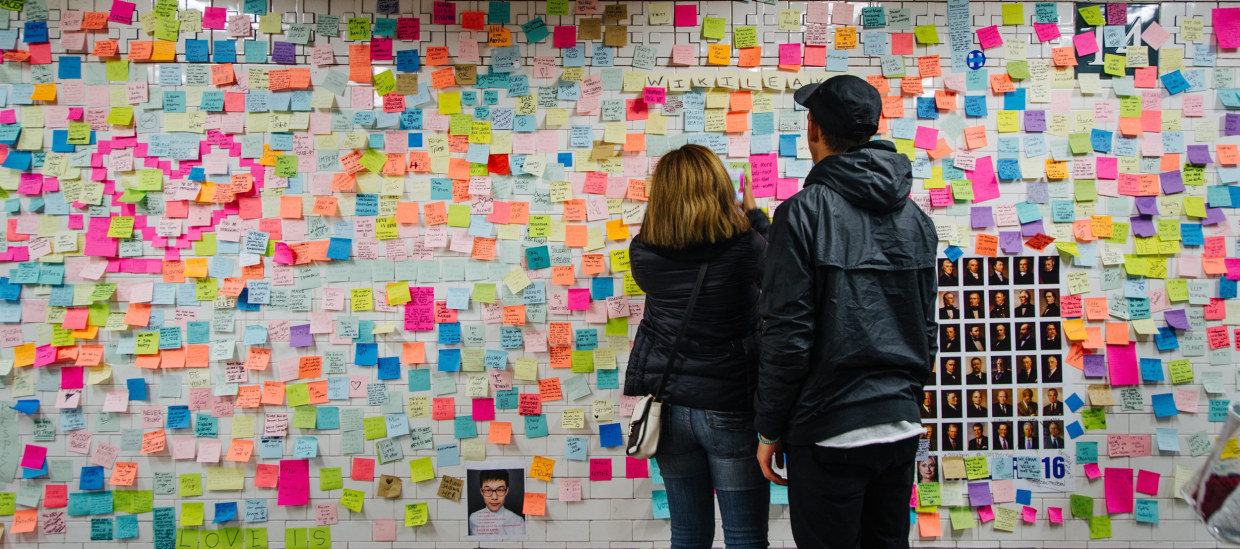
Drawing
Marc Ngui
“Thousand Plateaus: Capitalism and Schzophrenia”

Andreas Töpfer
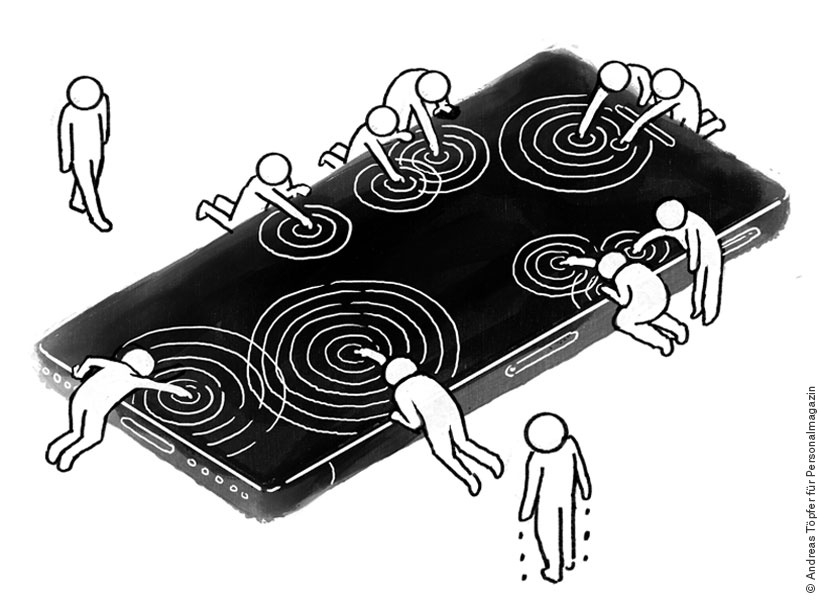
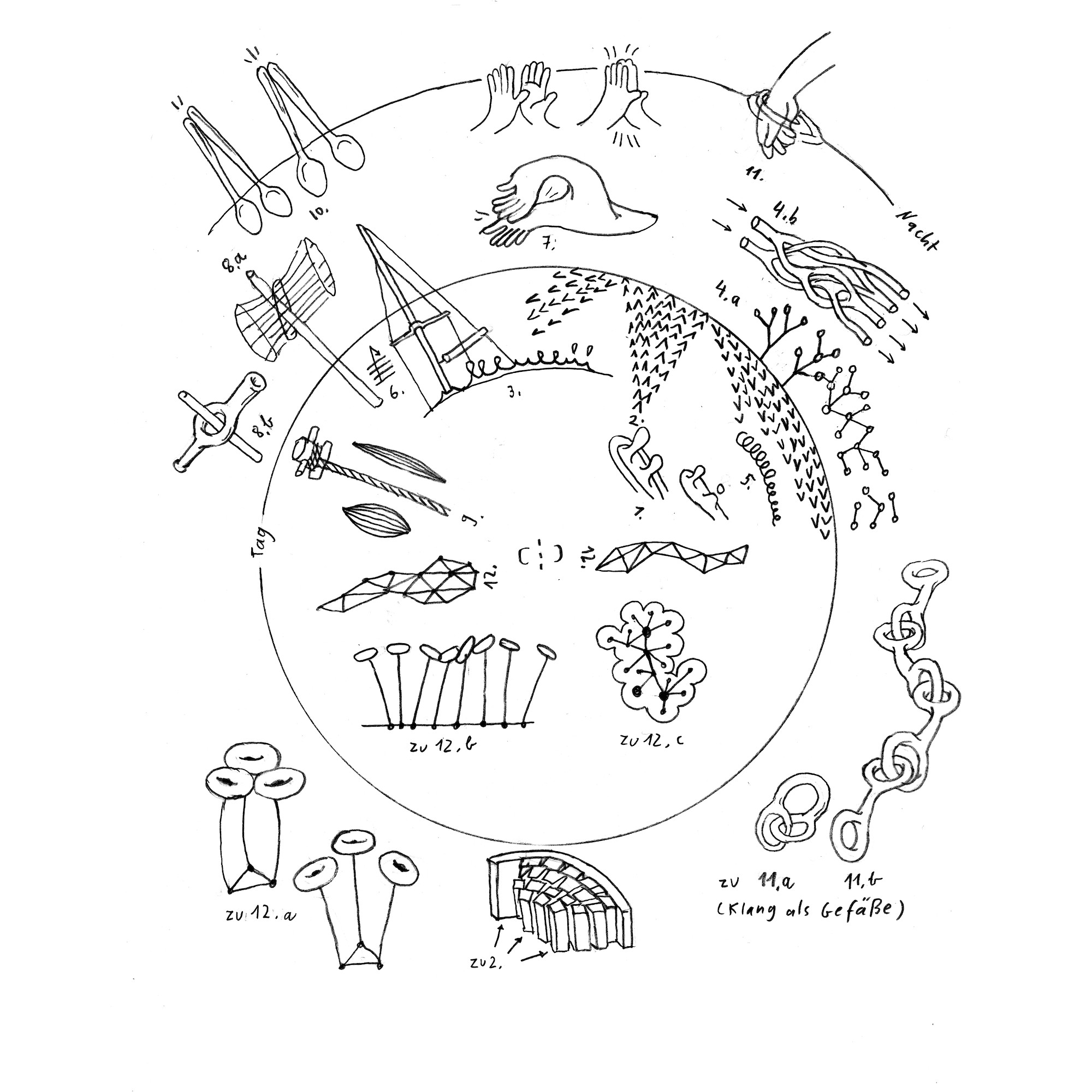
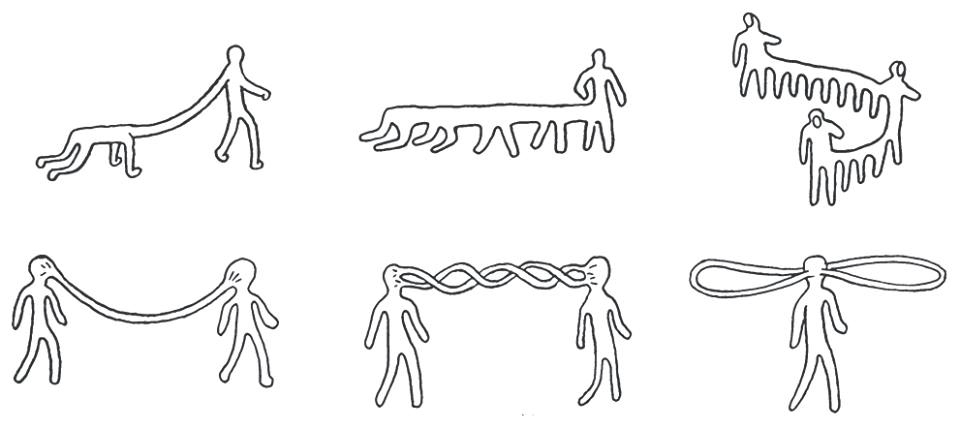
Nikolaus Gansterer
https://linesfiction.de/lf/index.php/lines-fiction-online/a-l/nikolaus-gansterer
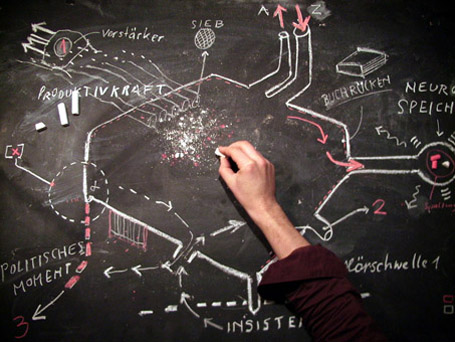
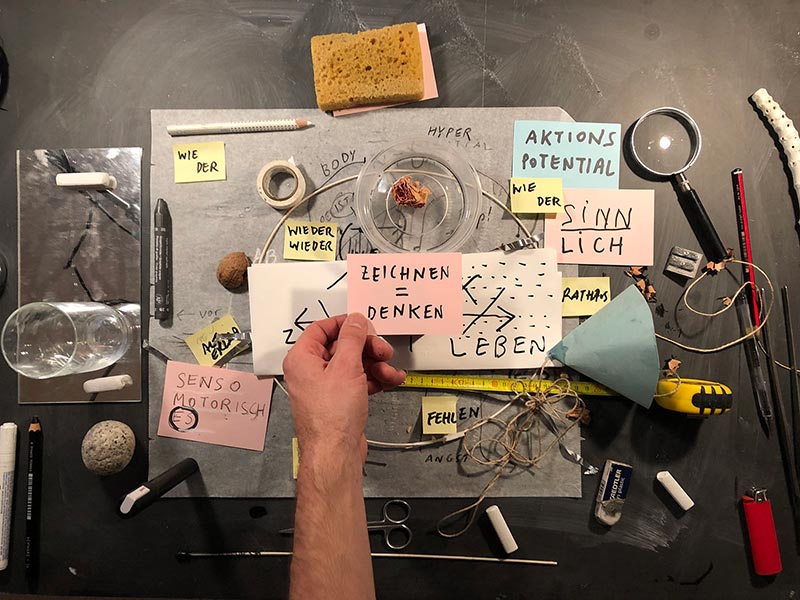
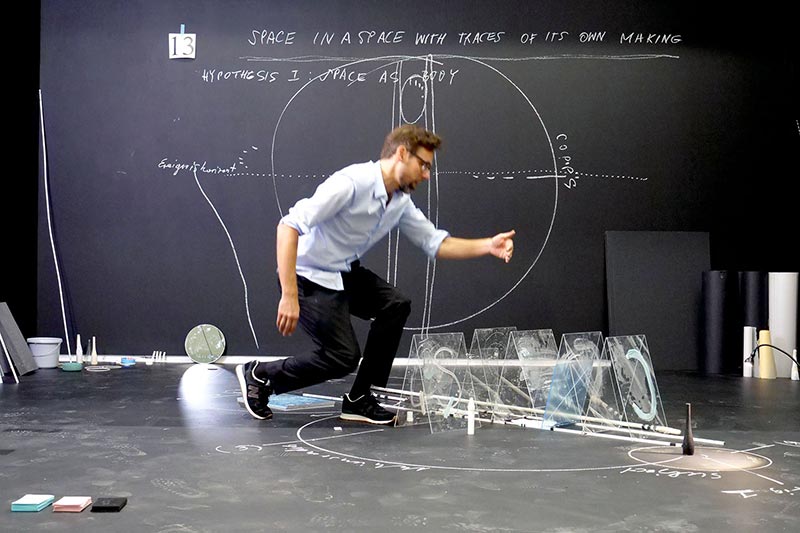

SOFTWARE TOOLS
Build in Progress
https://medium.com/mit-media-lab/build-in-progress-bids-adieu-2ae0e6cfd82c
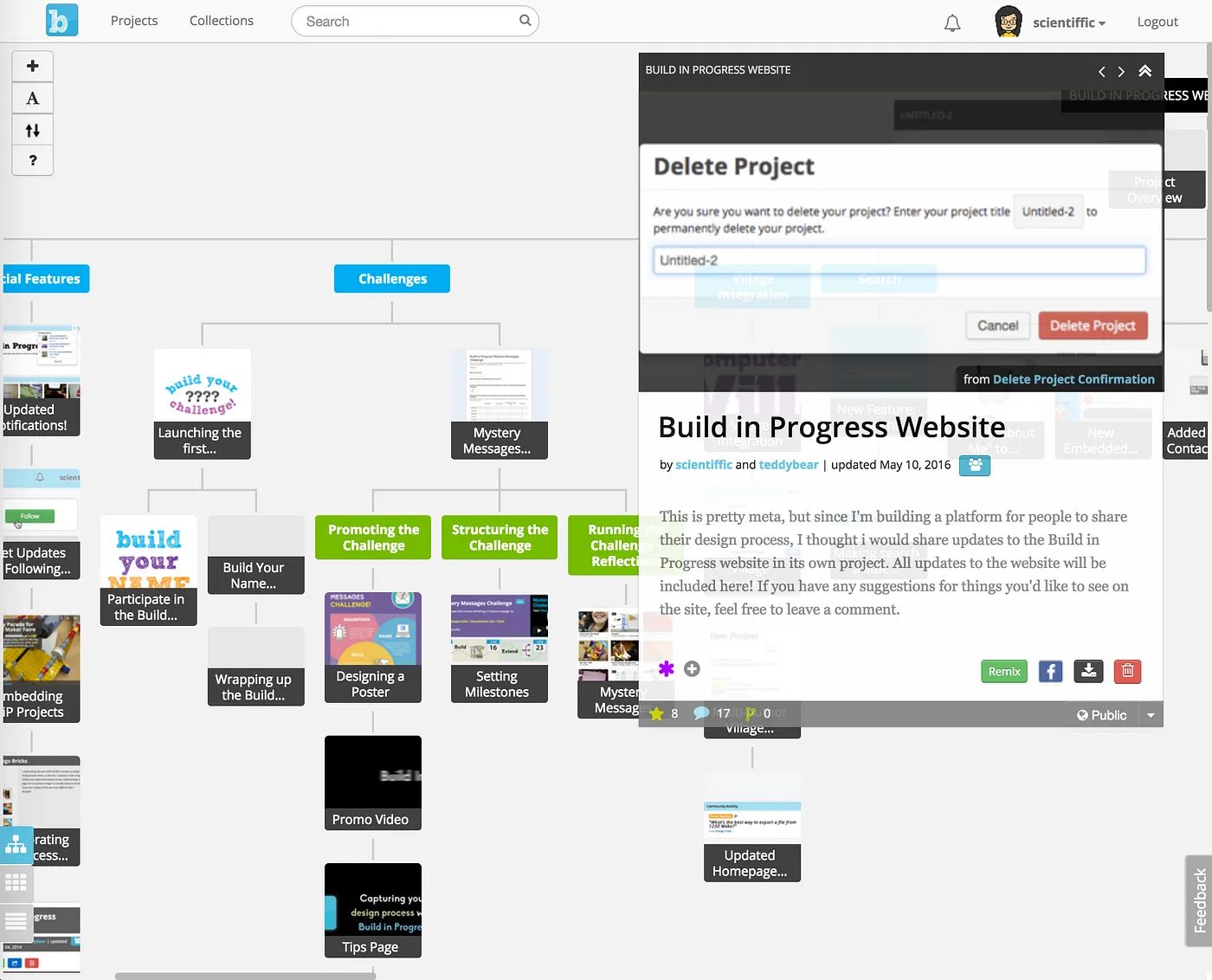
IMAGES
Photo Stories
Memes

VIDEOS
Video-logs
COLLECTING
Knolling
The term ‘knolling’ was coined, 1987. The word ‘knolling’, which literally means organizing objects at right angles, was first used in 1987 by Andrew Kromelow, a janitor at Frank Gehry’s furniture fabrication shop. Kromelow used to arrange his displaced tools at right angles on all surfaces, and called this routine knolling, because the tools were arranged in right angles — similar to Knoll furniture.
Tom Sachs’ 10 Bullets Manifesto, 2009 Although Kromelow continued using the practice, it didn’t gain public popularity until 2009. Sculptor Tom Sachs (who spent time working with Kromelow at Gehrys) made public his love of the art of knolling and adopted “Always be Knolling” as his studio mantra. (https://medium.com/@Lyst/your-favorite-insta-aesthetic-has-an-unexpected-history-a929e078d4ea)
https://en.wikipedia.org/wiki/Tom_Sachs_(artist)#Knolling
https://theultralinx.com/2013/09/50-amazing-examples-knolling-photography/
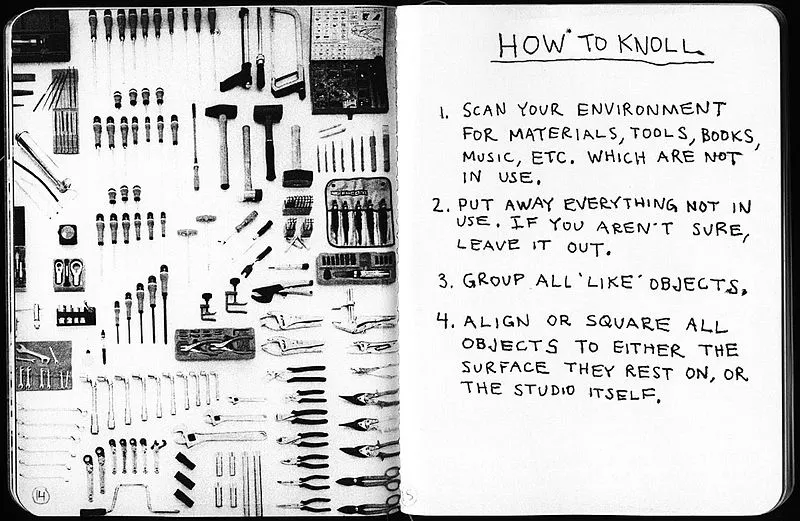
Blogger Margaret Zhang, she’s obsessed with ‘wardrobe tetris’, organizes ‘flat lay parties’.

Explosion
Todd Mclellan – Things come apart
>> https://www.toddmclellan.com/thingscomeapar
>> https://www.toddmclellan.com/
Disecting
Julie Kumar – Cutting things in half
>> https://www.instructables.com/id/Cutting-Things-in-Half/ >> https://www.autodesk.com/artist-in-residence/artists/julie-kumar >> https://www.youtube.com/channel/UCGJILG_rcnS9MpVBTpcDh4Q
Displaying
Display Case


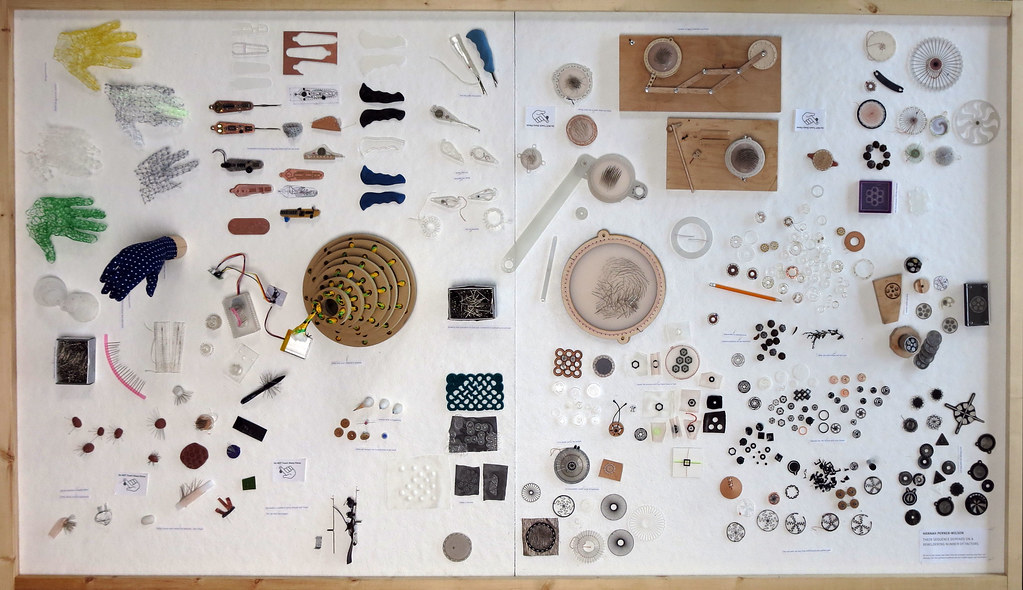
EXCHANGING
Swatch Exchange
https://etextile-summercamp.org/swatch-exchange/
REMAKING
Not as much about capturing process live, but in re-doing process physically in order to showcase/demonstrate how something was made.
